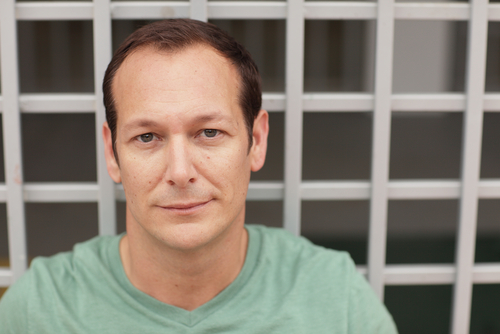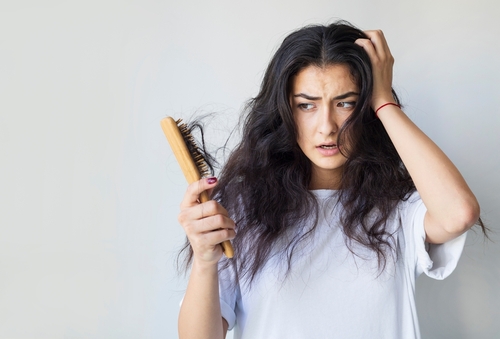
Platelet rich plasma has been used in the medical field for decades. Cosmetic uses of PRP—while newer—are a much more recent innovation. Due to this, there are only a few applications that are widely known, the most well known being PRP hair restoration. However, there are many other possible uses of PRP that many people have no idea may actually help them. Here are 3 lesser known cosmetic uses of PRP.
#1: Acne Scars
Acne scars are notoriously difficult to treat. For some larger scars, dermal fillers can help temporarily, but for smaller pitted acne scars, patients often have no choice but to try various procedures to find one that provides results. Microneedling with PRP is a great option for treating acne scars. However, PRP can also be injected into the scars themselves to help stimulate a collagen response which is the most effective way to treat acne scars.
#2: Fill In Wrinkles
Platelet rich plasma is not like dermal fillers that immediately show a difference in the area. PRP does not do this, but it can provide longer lasting results. With repeated treatments a few weeks apart, PRP can stimulate enough collagen to help fill in wrinkles such as the nasolabial folds or marionette lines.
#3: Plumping
With the last use in mind, PRP can also be used to plump areas, particularly the under eyes and cheeks. However, this will not be as dramatic as dermal fillers can achieve. Thus, if a patient is looking for immediate and dramatic results, PRP is likely not the right treatment (or should be used in conjunction with filler).
To learn more about what PRP can achieve and schedule a consultation, call us at 206-279-2112. You can also reach out online via chat or contact form.











